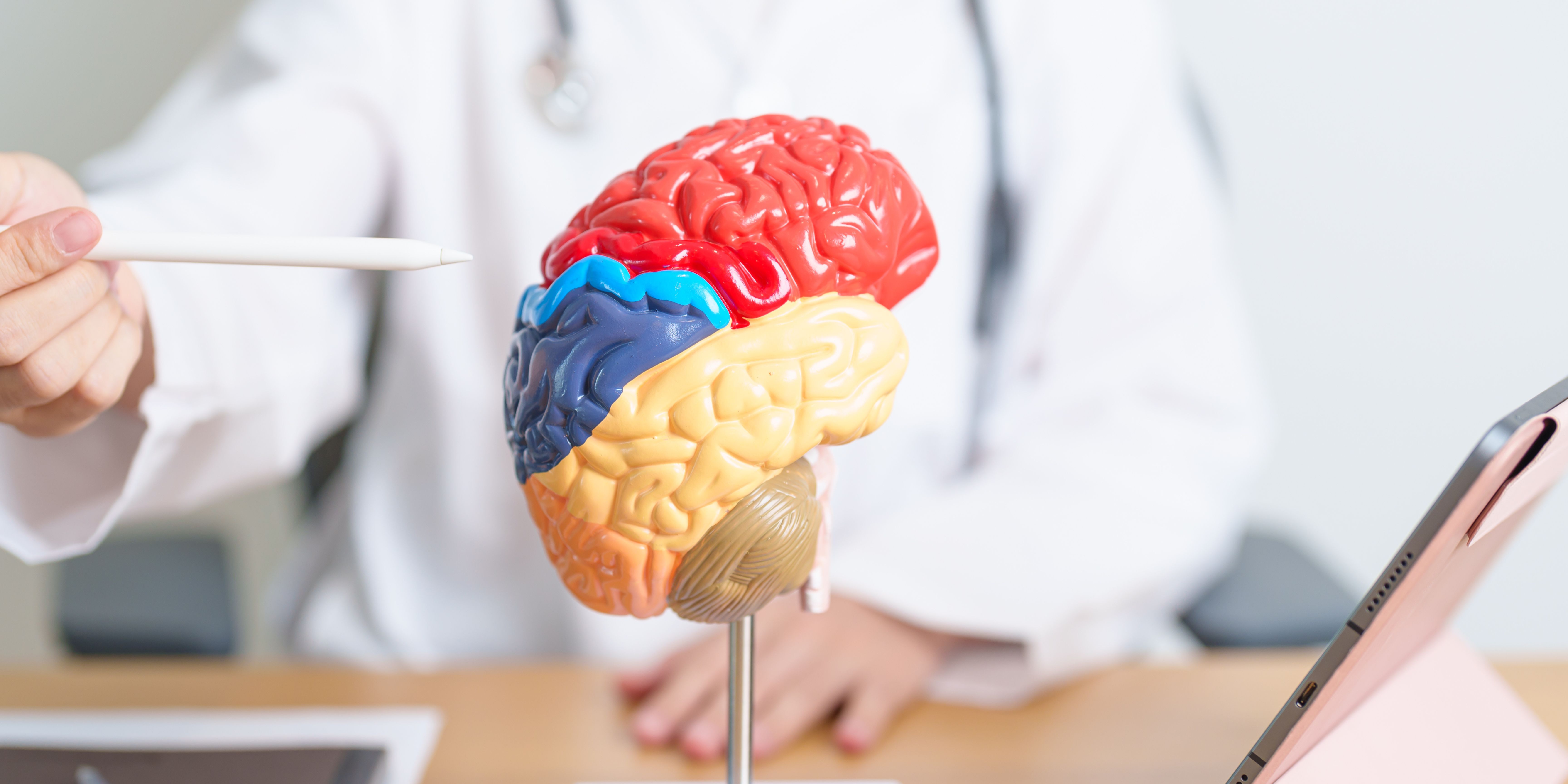Written by Nancy - 4 Minutes reading time
Astrocyte-rich brain organoid model unveils insights into neuroinflammation

The brain is typically depicted as a complex web of neurons sending and receiving messages. But neurons only make up half of the human brain. The other half-;roughly 85 billion cells-;are non-neuronal cells called glia. The most common type of glial cells are astrocytes, which are important for supporting neuronal health and activity. Despite this, most existing laboratory models of the human brain fail to include astrocytes at sufficient levels or at all, which limits the models' utility for studying brain health and disease.
Now, Salk scientists have created a novel organoid model of the human brain-;a three-dimensional collection of cells that mimics features of human tissues-;that contains mature, functional astrocytes. With this astrocyte-rich model, researchers will be able to study inflammation and stress in aging and diseases like Alzheimer's with greater clarity and depth than ever before. Already, the researchers have used the model to reveal a relationship between astrocyte dysfunction and inflammation, as well as a potentially druggable target for disrupting that relationship.
The findings were published in Nature Biotechnology on February 28, 2024.
In the last 10 years, organoids have emerged as a prevalent tool to bridge the gap between cell and human studies. Organoids can mimic human development and organ generation better than other laboratory systems, allowing researchers to study how drugs or diseases affect human cells in a more realistic setting. Brain organoids are typically grown in culture dishes, but their limited capacity to efficiently produce certain brain cells like astrocytes has remained problematic.
Astrocytes develop through the same pathway as neurons, beginning first as a neuronal stem cell until a molecular switch flips and turns the cell's fate from neuron to astrocyte. To create a brain organoid with abundant astrocyte populations, the team looked for a way to trigger this switch.
To do this, the researchers delivered specific gliogenic compounds to the organoid, looking to see if they would promote astrocyte formation. The team then began running tests to see whether astrocytes had developed and, if they had, how many and to what extent they had matured.
The brain organoids cultured in a dish still lacked the microenvironment and the neuronal structural arrangement of a human brain. To create a more human brain-like environment, researchers transplanted the organoids into mouse models, allowing them to further develop over several months.
"Our transplanted organoid model produced more sophisticated and differentiated astrocyte populations than would have been possible with older models," says co-first author Lei Zhang, a former postdoctoral researcher in Gage's lab. "What was really exciting is that we observed order in the organoids. The organisation of functional cell groups in the human brain is very difficult to mimic in a laboratory setting, but these astrocytes in our organoid model were doing just that."
After observing astrocyte subtype development and maturation in the transplanted organoids, the researchers aimed to investigate the role of astrocytes in the process of neuroinflammation. Aging and age-related neurological diseases have strong ties to the immune system and inflammation, and whether astrocytes are also involved in this relationship has long been a question for neuroscientists.
To test this, the researchers introduced a proinflammatory compound into the transplanted organoids and found that a subtype of astrocytes became activated and promoted further proinflammatory pathways. Additionally, they found that a molecule called CD38 was crucial in mediating metabolic and energetic stress in those reactive astrocytes. Knowing CD38 signaling plays this important role suggests that CD38 inhibitors may be able to alleviate the neuroinflammation and related stresses caused by these reactive astrocytes, says Gage.
"We have created a human brain model for research that is more similar to its real-life counterpart than ever before-;it has all the major astrocyte subclasses found in the human cortex," says co-first author Meiyan Wang, a postdoctoral researcher in Gage's lab. "With this model, we have already found a link between inflammation and astrocyte dysfunction and, in the process, revealed CD38 as a potentially druggable target to disrupt that link."
Their findings build on another recent model developed in the lab that featured a different glial cell type, called microglia. While this astrocyte-rich model is the most advanced yet, the team is already looking to improve and expand on their organoid model by incorporating additional brain cell types and promoting further cell maturation. In the meantime, they aim to use the sophisticated model to investigate brain function and dysfunction in new detail, with the hopes that their findings will lead to new interventions and therapeutics for neurological conditions like Alzheimer's disease.
Interested in the dynamic Biotechnology Industry? Let our experts guide your career. Explore how we can help you today! Discover the possibilities here.
Also published on Azolifesciences.com
Want to stay informed about current Life Science and recruitment news on a regular base? Then register here for free.
